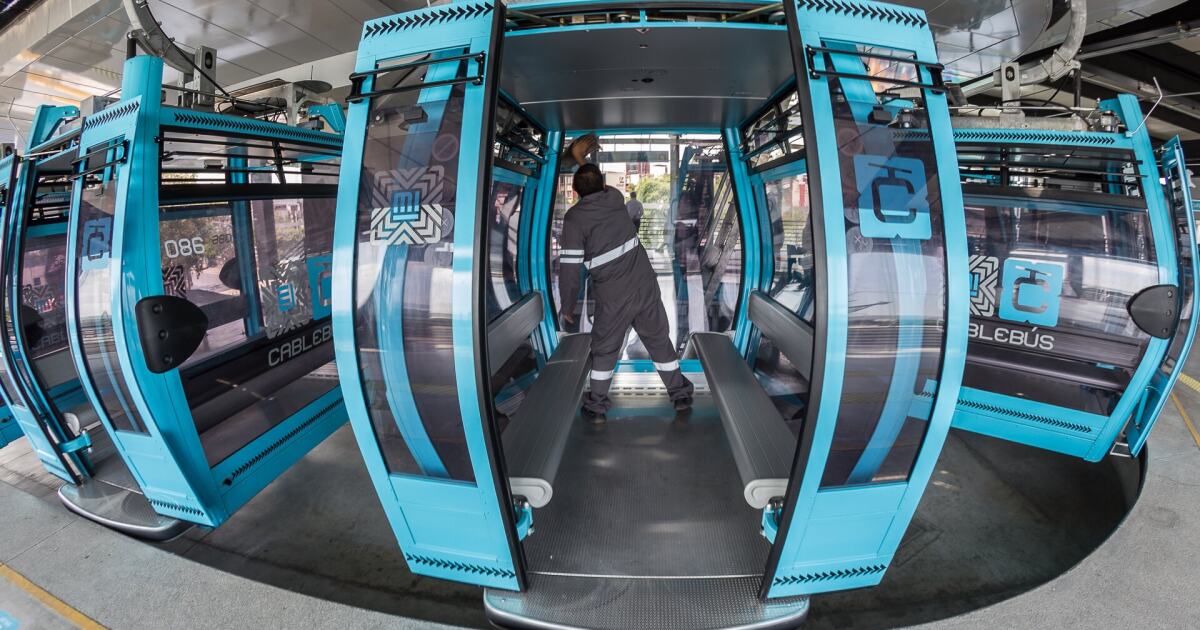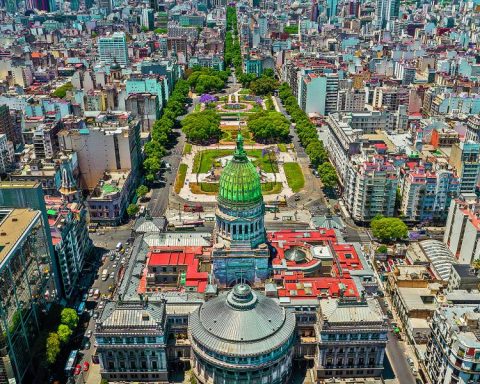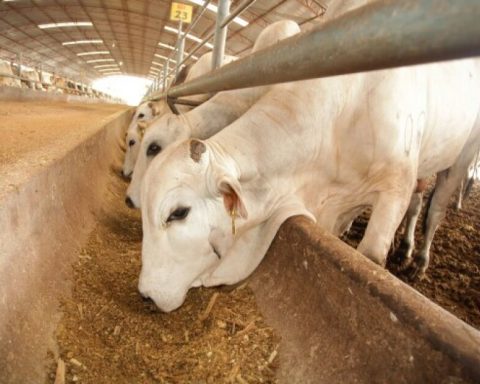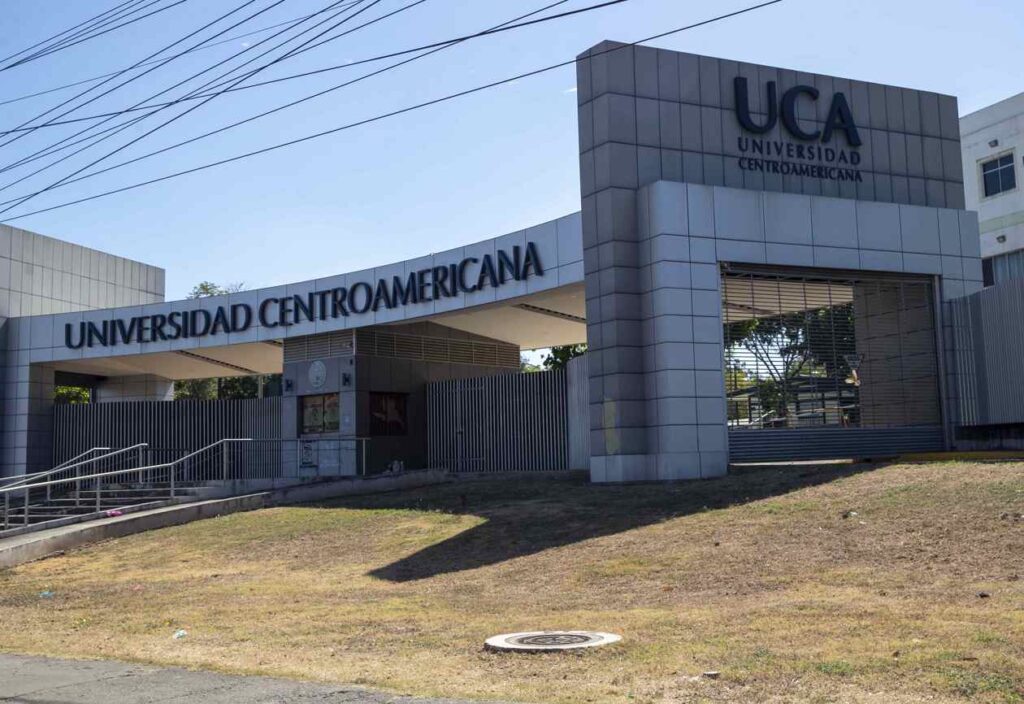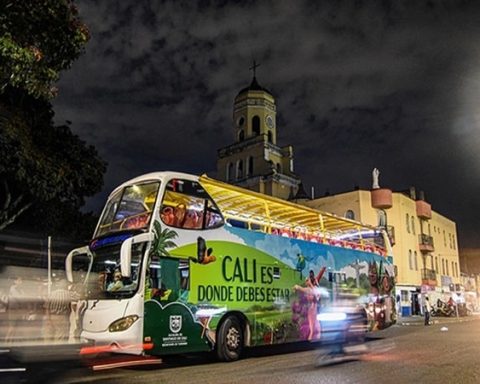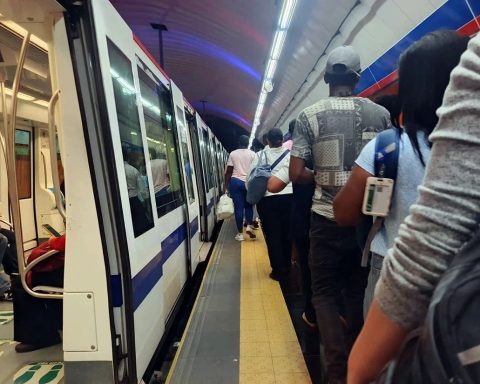(Courtesy)
Cablebus: flexibility and connectivity
Jesús Esteva explained that one of the advantages of the Cablebús system is that it can be flexible in its operation, construction and possible expansions, since it does not require tunnels or concrete structures like other mass means of transport such as the subway or metrobus.
This may make it possible to expand the number of stations or interconnect lines, as is already the case in La Paz, Bolivia where there is a transport network by cable cars. He said that in the case of Mexico City, the Cablebús is designed for high areas or areas of difficult access or that feeds other transport networks.
It may interest you: Troles and Cablebús, CDMX’s commitment to sustainable mobility: Sheinbaum
For this reason, he said that although in this administration Cablebus Line 3 will only reach the fourth section of the Chapultepec forest, there is a future possibility that it could be extended to Cuajimalpa.
“What these transport systems allow you is that arriving and leaving the preparations, for example, from Vasco de Quiroga, we could have other antennas that go to other points, just like the Constituyentes metro, we could go over Parque Lira to the Auditorio metro or to another nearby point. but at this time it is not considered as a work to be carried out by this administration”, he stressed.
However, he pointed out that where it is impossible to reach or connect line three of the Cablebus is in the Chapultepec metro or to cross the Paseo de la Reforma, since the architecture and historical design would not allow a work of this magnitude, despite the fact that it is not pollutant.
It is estimated that line three of the Cablebús transports more than 20,000 passengers a day.
